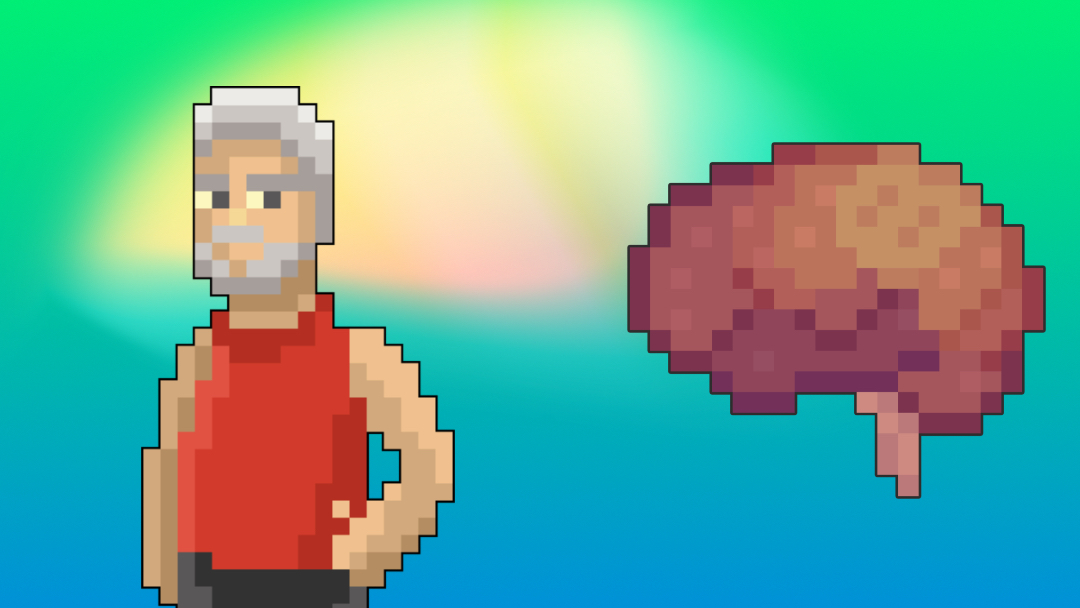- 📖 Geeky Medics OSCE Book
- ⚡ Geeky Medics Bundles
- ✨ 1300+ OSCE Stations
- ✅ OSCE Checklist PDF Booklet
- 🧠 UKMLA AKT Question Bank
- 💊 PSA Question Bank
- 💉 Clinical Skills App
- 🗂️ Flashcard Collections | OSCE, Medicine, Surgery, Anatomy
- 💬 SCA Cases for MRCGP
To be the first to know about our latest videos subscribe to our YouTube channel 🙌
What is the AMTS?
The abbreviated mental test score (AMTS) is a 10-point assessment that was introduced by Hodkinson in 1972 to rapidly assess elderly patients for the possibility of dementia. It continues to be used as part of a screening process for both delirium and dementia, although further tests are necessary to confirm these diagnoses.
AMTS questions
The following questions are put to the patient. Each question correctly answered scores one point:
1. “What is your age?”
2. “What is the time to the nearest hour?”
3. Give the patient an address, and ask them to repeat it at the end of the test (e.g. “42 West Street”)
4. “What is the year?”
5. “What is the name of this place?” or “What is your house number?”
6. Can the patient recognise two persons (e.g. doctor, nurse)?
7. “What is your date of birth?” (day and month sufficient)
8. “In what year did World War 1 begin?”
9. “Name the present monarch/prime minister/president”
10. “Count backwards from 20 down to 1”
AMTS interpretation
A score of 6 or less suggests delirium or dementia, although further tests are necessary to confirm the diagnosis.
References
- Hodkinson HM; Evaluation of a mental test score for assessment of mental impairment in the elderly. Age Ageing. 1972 Nov;1(4):233-8. With permission from Oxford University Press.




